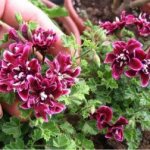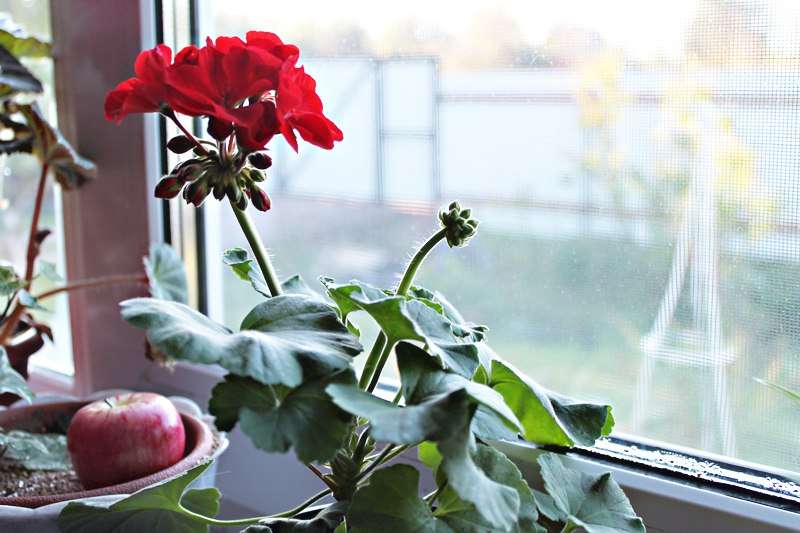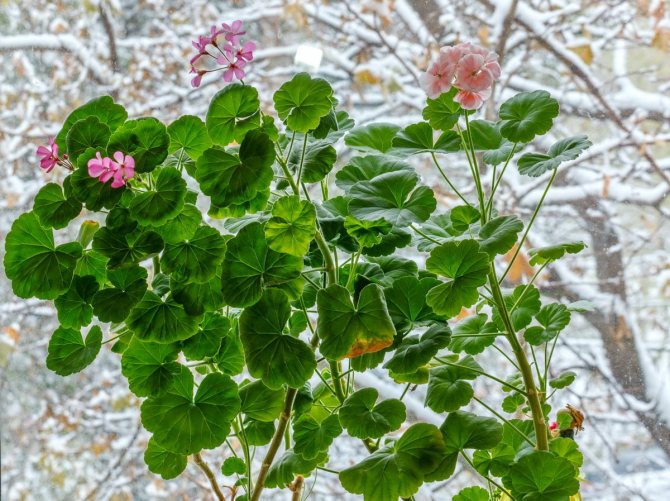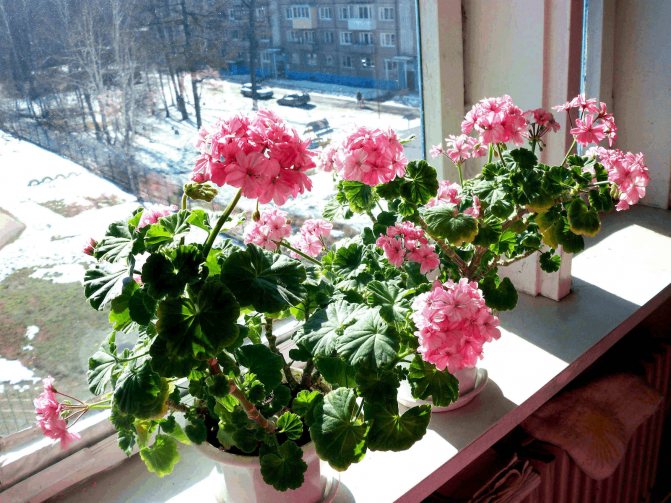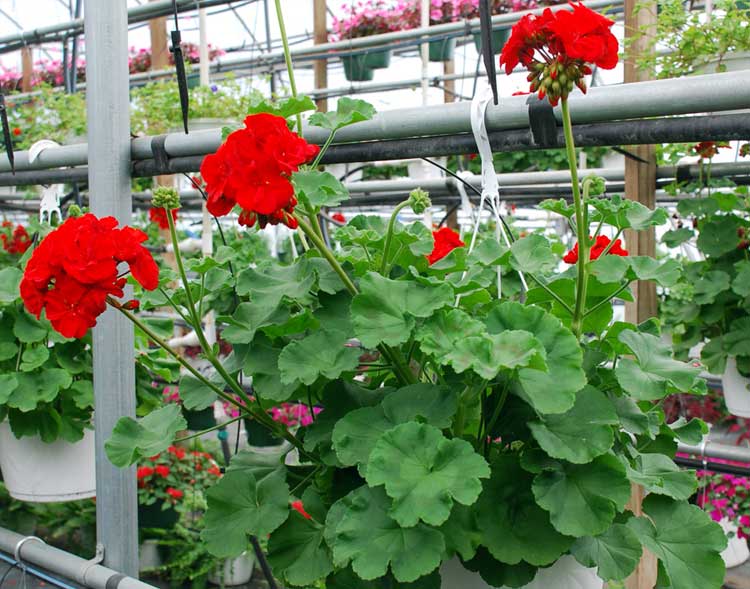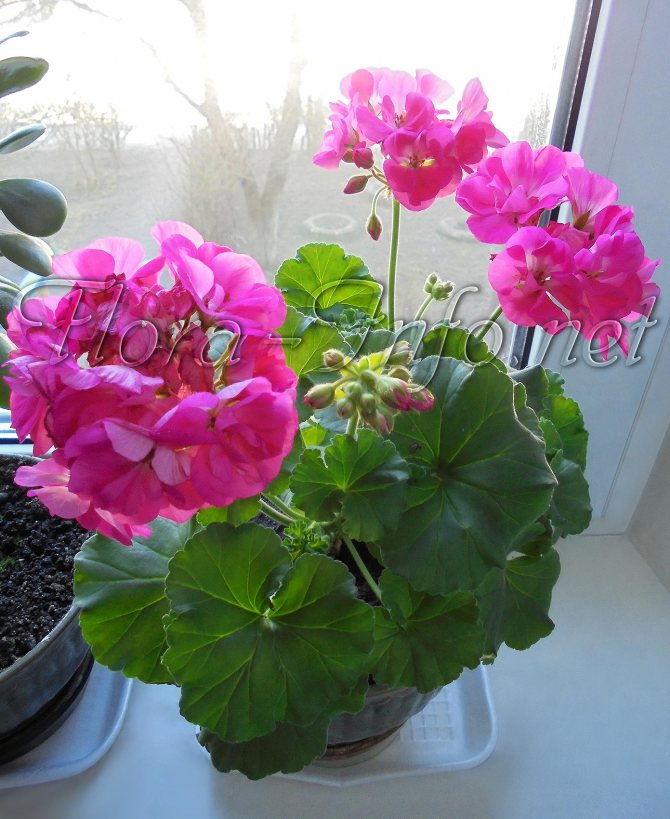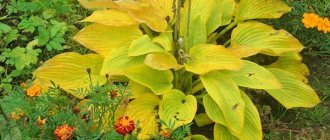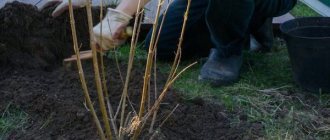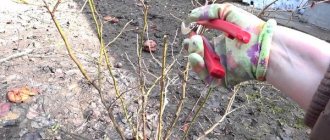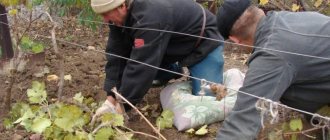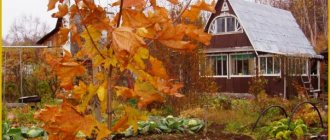With the onset of cold weather, many plants require special competent care, because only in this way will your flower in spring and summer be able to delight the eye with its abundant flowering. Geranium also belongs to such plants. But how to properly organize the care of geraniums in winter? How to properly prune a plant before wintering? You will find all this in our article.
We will pay attention not only to preparing an indoor flower for the cold season, but also dwell in more detail on what temperature regime and watering schedule should be followed to maintain the health and productivity of the plant.
Winter geranium care
Geranium is an unpretentious plant, but in order for it to bloom in winter, it needs more careful care. With the onset of autumn, many flowers must be transferred to a place protected from the cold. Geranium also belongs to such plants. You need to transfer it so that it does not experience stress from sudden changes in temperature (Figure 1).
Note: Some varieties bloom almost all year round, so by moving them indoors, you need to create optimal conditions.
The basic requirements for caring for geraniums in winter are as follows:
- In cold weather, it is better to place it in a cool room. A south window works well.
- The plant will not disappear even with partial darkening, but then there will be no abundant flowering. Daylight hours for the culture should be 12 hours.
- In winter, the amount of watering is reduced, since low temperatures and strong moisture can provoke root rot. You should also not dry the plant too much - it will begin to wither, turn yellow, discard foliage.
- You need to feed the flower only once every six weeks.
- Winter maintenance also involves pruning the branches on a regular basis. If this is not done, the flower will lose its decorative effect and become unattractive. By timely and high-quality pruning of the crown, the geranium will become lush, and the flowering will be beautiful and long-lasting.

Figure 1. Under certain conditions, the plant will bloom in winter
Transplanting a flower in winter is not recommended, because its growth slows down, and otherwise it will not take root.
Description of the plant
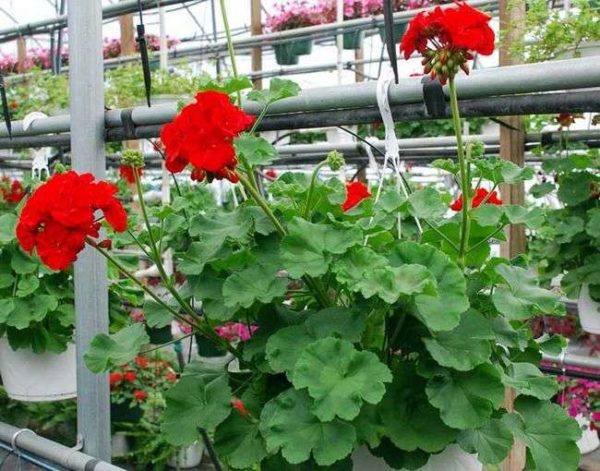

Geranium belongs to the Geraniev family. Under natural conditions, the plant grows in South Africa. Now the genus has more than 250 species and every year new varieties developed by breeders are added to them. Their flowering differs in many respects from the usual "kalachik", the bushes are formed by themselves, do not stretch out from lack of light, but ordinary geraniums can also be cut off, ensuring the formation of a beautiful bush.
Preparing geraniums for winter
The end of growth and the transition to a dormant state for plants occurs in September-October. For geraniums, the dormant period starts from November to February. At this time, the flower is kept in a cool room (8-10 degrees), watering carefully, avoiding overflow (Figure 2).


Figure 2. Preparing a houseplant for winter
If the weather is sunny in September, then the flower has enough light to continue flowering. The longer the weather is warm outside, the more the plant spends nutrients, because of this, they often need to be watered and fed.With the onset of cloudy and rainy days, the flower pots are transferred to a cool place, watering is carried out moderately.
Note: In winter, in warm rooms, flowers grow strongly, forming light shoots, which are cut off in spring. In a cool place, it smoothly goes into a state of rest, slowing down its growth and sparingly consuming nutrients.
If your geranium was in the ground in the summer, then, with the onset of cold weather, it should be dug out, one third of the roots should be cut off and planted in a small pot, and the bush itself should be cut off. The flower pot must be placed in a dry, sunny place. Remember that the culture does not like a sharp change in the microclimate, otherwise the leaves may turn yellow and dry out. Moisten the soil as it dries.
Pelargonium wintering places
The following conditions are suitable for wintering:
- glazed balcony or loggia, provided that the temperature does not drop below 8-10 degrees;
- window sill at a room temperature of no more than 17 degrees;
- cellar or basement - plants in flowerpots are placed in the lightest place, if it is impossible to provide natural light, the method is not used;
- refrigerator - without soil and roots, leaving only the ground part in the form of a stem, you need to regularly check the condition of the plant.
For adult plants to successfully overwinter, they must retire healthy. At the end of August, plants planted in open ground should be examined for pests.
How to care for geraniums in winter
Geranium is not very demanding in care and can get along in almost any room. But with the arrival of cold weather, caring for her will still change a little. With proper care, the plant will delight you with its flowering until January.
Traditional plant care measures are considered proper lighting (including artificial lighting), timely but moderate feeding, and ensuring the optimal temperature regime in the room.
Lighting
This is a very light-loving plant, so the southern windowsill will be the best place to place it in winter. It is the most illuminated and the flower will grow and bloom well there. But you should be careful, as the constant influence of ultraviolet radiation can lead to severe burns, which will cause the death of the flower (Figure 3).


Figure 3. The best place for a flower is a south-facing window
Daylight hours should be at least 12 hours. If you leave a flower in a shaded area, there is a chance that its leaves will not develop and will remain small. To prevent this from happening, it is necessary to organize additional lighting for the plant. This can be done with a special lamp placed 10 cm from the top of the plant. As a rule, phytolamps are used for this purpose, but it can be successfully replaced with an ordinary fluorescent lamp or fluorescent lamp.
Food
In the form of top dressing, mineral fertilizers such as potassium, magnesium, zinc, iron and copper are used. Fertilizers are applied twice a month. If you use a complex, then it should contain a minimum amount of nitrogen. It causes excessive leaf growth and stops flowering.


Figure 4. In the cold season, watering and feeding should be moderate
It is not recommended to feed the flower if it is very hot in the room, this can become a lot of stress for it (Figure 4). Before applying top dressing, water the fertilizer so as not to burn the root system. Remember that this crop does not like fresh fertilizers in the form of droppings, manure or compost, so you do not need to flood the flower with them.
Temperature
The air temperature in the room during the cold season drops a little, so you need to create comfortable conditions for the flower, where the temperature will not drop below +12 degrees.Often it does not reach such extreme marks. You need to measure the air temperature not in the room, but on the windowsill where the flower pot is. But if the room is not warm enough, there is a chance that the plant will freeze and shed all the foliage. The culture also reacts poorly to dry air, this happens when there is a heating battery under the windowsill where the plant stands (Figure 5).
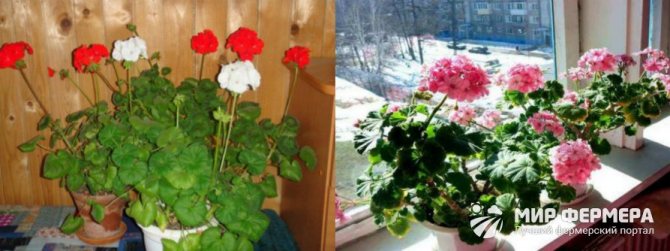

Figure 5. The flower needs to be protected from too dry air
Given these requirements, you will have to take care of providing additional temperature conditions. For example, so that the roots of the plant do not freeze on the windowsill, it is advisable to put the pots on a sheet of foam, which will provide optimal thermal insulation. If the air in the room is too dry, you can install a stationary humidifier or simply place any container with clean water next to the pot. Evaporating, it will increase the humidity in the room to an optimal level.
Possible problems
When growing geraniums at home, flower growers face the following problems:
- leaves turn yellow;
- attacked by pests;
- leaves fall;
- the stem turns black or rots;
- spots appear on the leaves.
The appearance of the listed symptoms in any case indicates an attack by pests or improper care.
Why indoor geranium dies
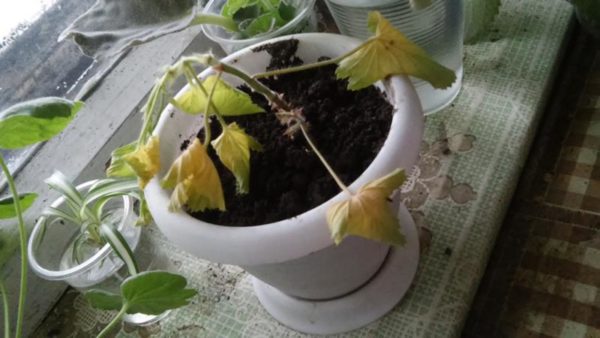

The main reasons for the death of an indoor flower:
- unregulated watering;
- excessive dryness of the air;
- high room temperature;
- exposure to sunlight;
- damage to the root system during transplantation.
There are many reasons, in order to find out the true one, you need to carefully think about what changes the flower has suffered. Often the problem is solved by changing the soil.
Diseases and pests: how to keep the ball
Geranium is rarely affected by pests, therefore, most often the plant dies when the owner does not follow the basic rules. The dying off of old leaves located at the bottom of the stem is a natural process. It is necessary to look for the reason if young rudiments wither or fall off, rust forms on the reverse side.
- If the edges of the leaf turn yellow, you need to increase the watering.
- Loss of turgor indicates excess moisture.
- Leaf fall - lack of sunlight.
How to prune geraniums for the winter at home
The dormant period of the plant begins in the fall and the main thing that needs to be done is to prune it. In the future, this will serve as the foundation for future inflorescences. Subject to the following conditions, but without cutting the flower, we cannot talk about beautiful and lush inflorescences in the future (Figure 6).
The trimming sequence is as follows:
- At the end of September, all flower stalks and flowering ones are cut off as well: such a procedure will allow you to preserve your beneficial substances for the winter.
- The yellowed or withered leaves are pinched off: it is recommended to pinch off, and not cut off with scissors. After the scissors, there are mere sticking out roots, which in the future can begin to rot and lead to diseases or even death of the plant.
- To get a dense flowering, in September, the flower is cut before the beginning of the branching or slightly higher (3-5 centimeters) of the node. The cut off top can be rooted as a propagation stalk.


Figure 6. The main types of pruning: pinching and shortening
The plant is pruned until it loses its lush appearance. Do not worry that the culture will lose its attractive appearance: such a radical pruning will help save nutrients and give the culture the opportunity to grow young lush shoots.
If your flower is still young, then only pinch it, adhering to the following rules:
- Young plants begin to pinch when their height reaches 5-6 centimeters.
- The next pinching is carried out when the plant has grown another 5 centimeters.
- To give the flower a spherical shape, it is pinched for the third time in a similar way.
Pruning of plants can be carried out both in autumn and spring, depending on the variety. For example, zonal ones grow, and if the branching is not very long, they can not be cut off, and it is better not to touch small plants at all until spring.
Popular varieties and types
Despite the juicy green color of the leaves, the most attractive feature of the plant is its bright inflorescences. Geranium does not have red flowers, while for pelargonium it is the preferred color.
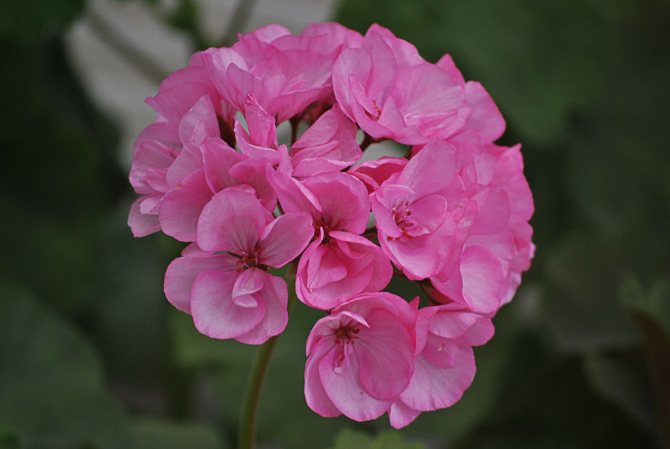

In specialized stores, you can find plants with variegated leaves and inflorescences, obtained by crossing different species.
We suggest you familiarize yourself with: How to freeze peppers for the winter in the freezer
The most popular are the following varieties of pelargonium.
- Royal. One of the first varieties used in Europe to decorate flower beds was royal pelargonium. She has large double flowers, on the petals of which a dark spot is noticeable.
- Zonal. The most famous variety of indoor geranium, distinguished not only by lush flowering, but also by the variegated color of the leaves. There are varieties with tricolor leaves, but more often they have a burgundy, silver or blue border. Flowers can be regular, semi-double and double.
- Fragrant. The name demonstrates the main feature of scented pelargonium - its feathery leaves exude a strong and pleasant scent of lemon and mint. Breeders have added notes of apples, ginger and even pine to them. These plants most often have pink and lilac flowers.
- Angel. Flowers of this variety resemble pansies and are purple, white and pink. There is also a two-tone color or petals with contrasting spots.
- Lemon. Lemon Pelargonium has unusual leaves. They are of complex shape, excised, due to which they seem terry. When touched, they emit a strong lemon scent that relieves migraine pains and soothes the nervous system.
- Ivy-leaved. This geranium is often planted on balconies as it hangs beautifully from boxes and blooms throughout the warm season. Small leaves compensate for the large number of shoots and large inflorescences.
Reproduction of geraniums in winter
The easiest and easiest way to breed geraniums is propagation by cuttings. To do this, in a strong plant, you need to cut off the top with two or three leaves, roll the cut in activated carbon powder, then plant it in the ground (Figure 7).
Note: Before planting, the soil must first be spilled with boiling water, then with a dark pink solution of potassium permanganate. This is done to neutralize the soil.
In addition, the stalk can be placed in a container of water until the roots appear. Then transplant into the ground. You can also propagate a houseplant by dividing the bush during transplantation. To do this, remove the plant from the pot and divide it into parts. After that, each part must be planted in separate containers. It is important to ensure that all parts of the root system are intact. As a rule, the propagation of geranium by the division method is used if the plant is too overgrown and does not fit in the pot, or the owner suspects that the root system of the culture is infected with bacteria or fungus.


Figure 7. Stages of plant propagation at home
The most laborious is the process of plant propagation by seeds. According to experienced flower growers, geranium grown by seeds blooms better and more beautifully than propagated by cuttings. Sowing seeds is carried out in January-February. For this, seeds are laid out in small cups with moist disinfected soil and sprinkled with earth. From above, the cups are covered with foil or glass. Water it with drip so as not to flood the seeds.
The first shoots can be seen after 1.5-2 weeks, while the temperature should be 20-24 degrees. When young seedlings appear, the shelter can be removed.When two leaves appear, the seedlings dive and leave to grow. After 7-8 weeks, the plants are transplanted into pots.
Proper handling of geraniums during its dormant period will make it possible to get a beautiful bloom in the summer. And even novice florists are able to fulfill these rules of care. If you need more detailed information on caring for geraniums in winter, we recommend that you watch the video, which shows in detail the features of this process.

